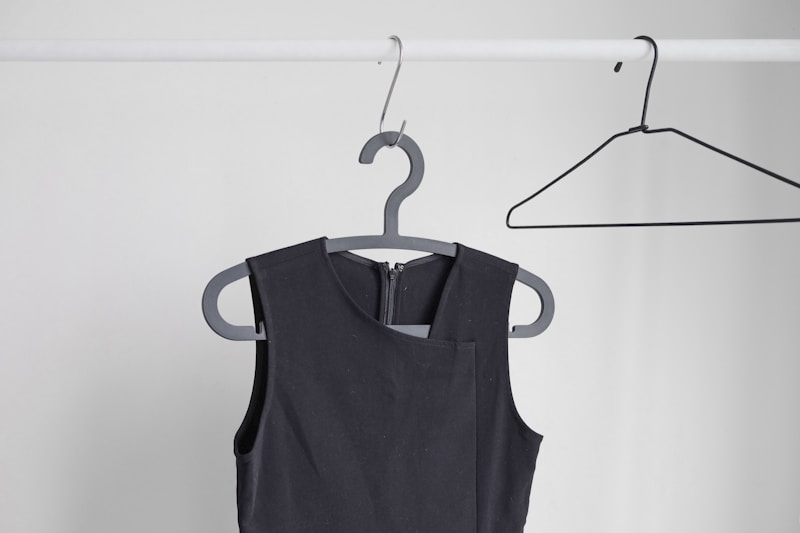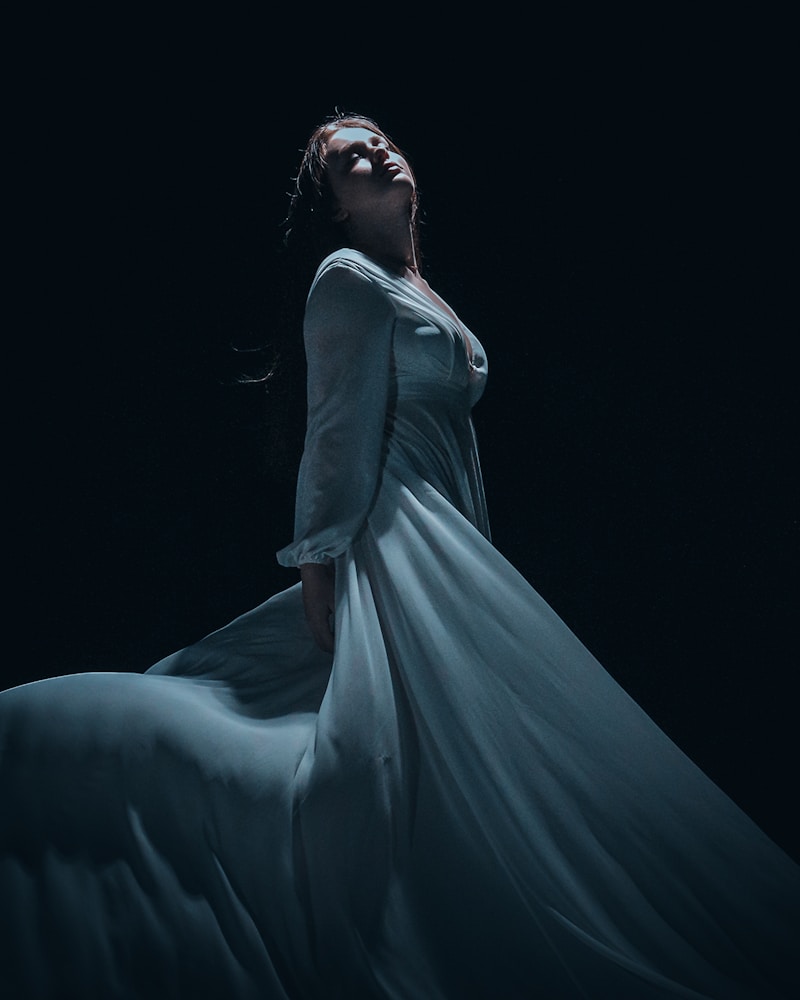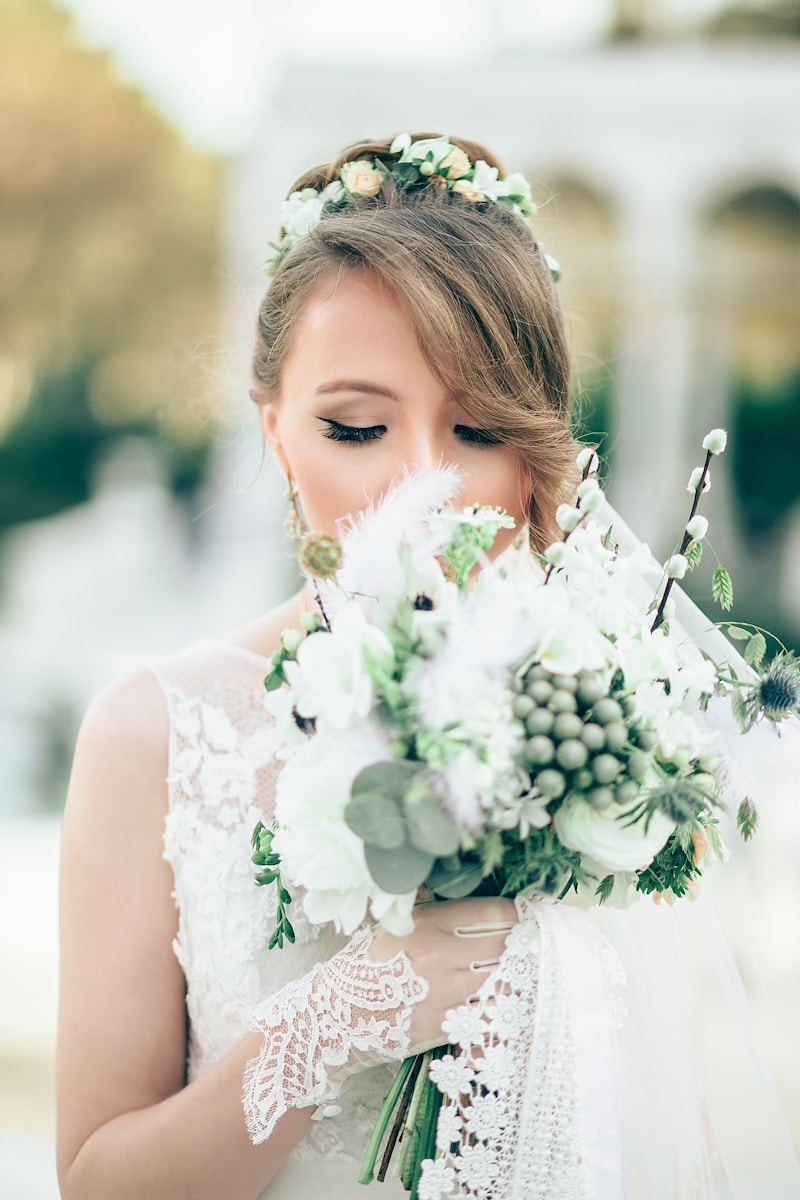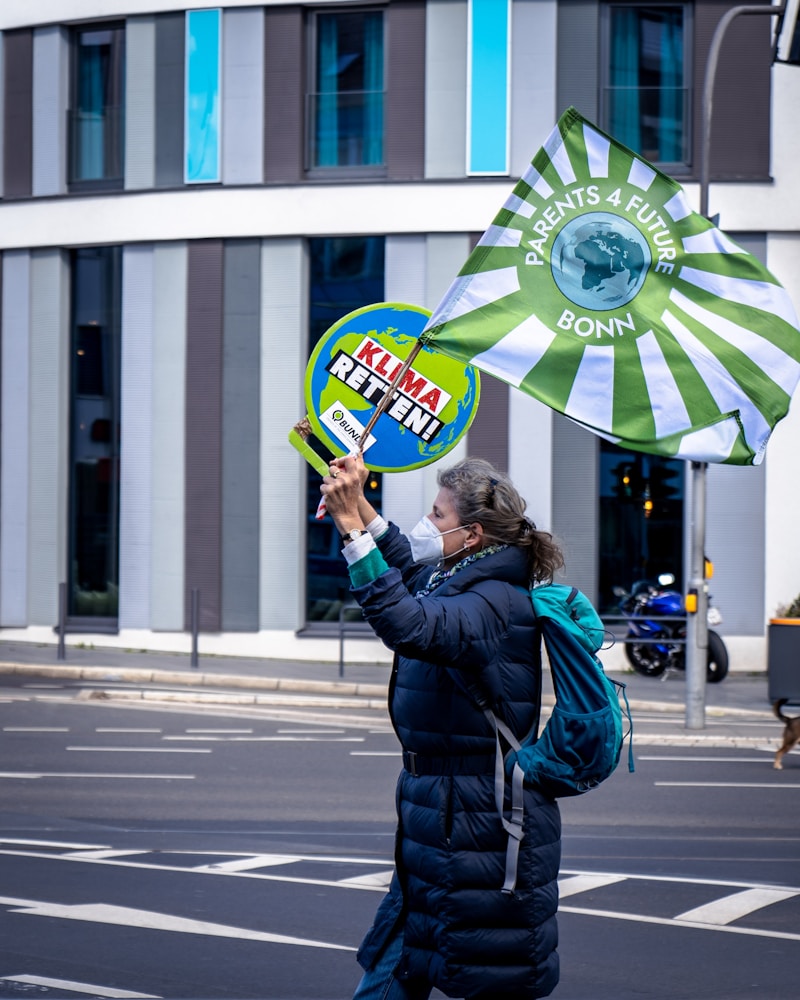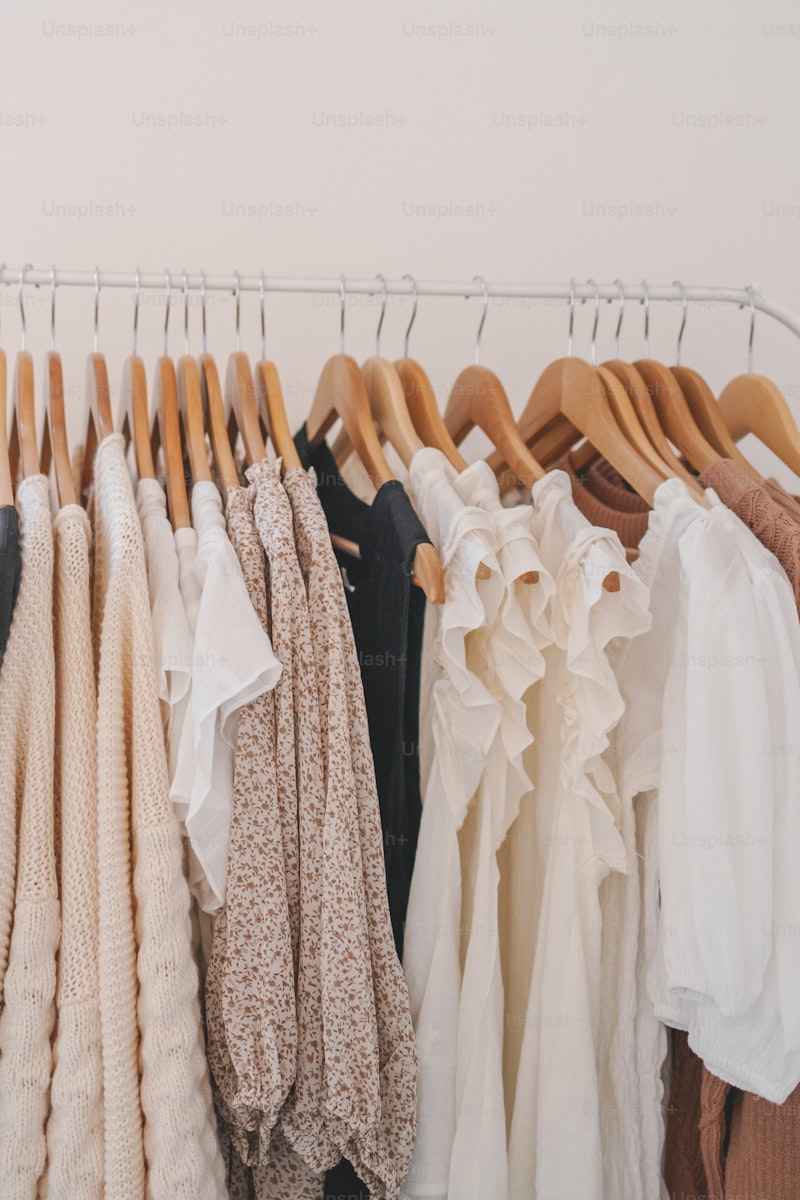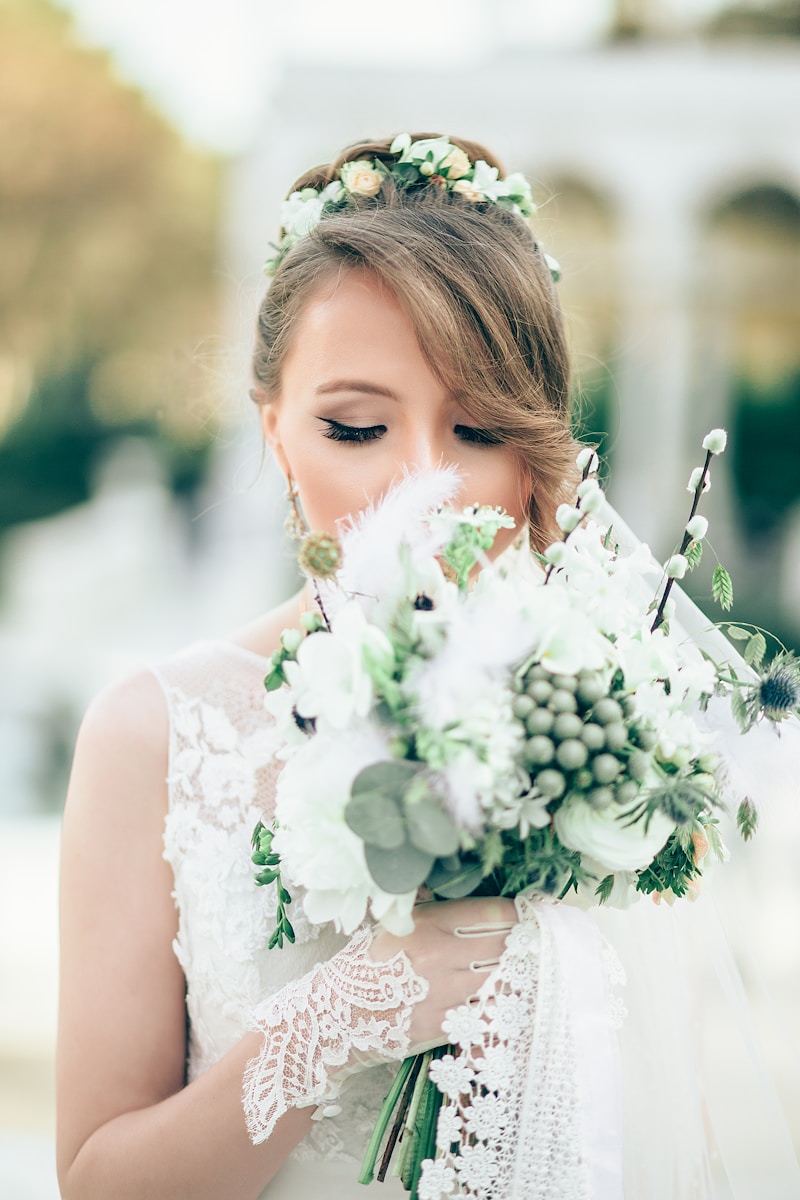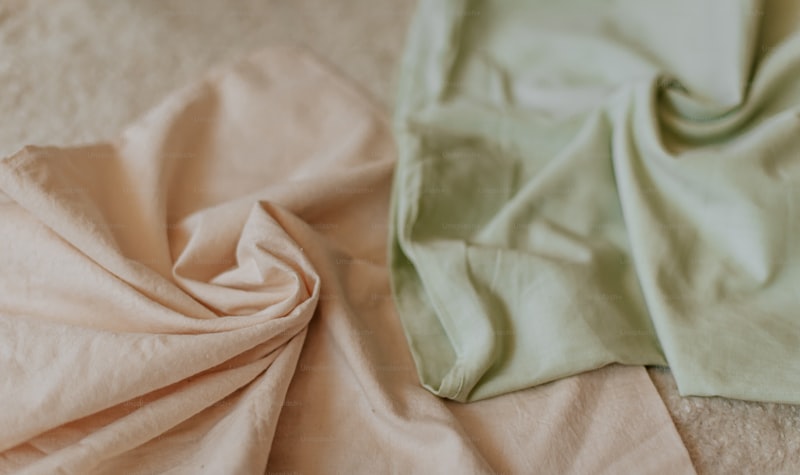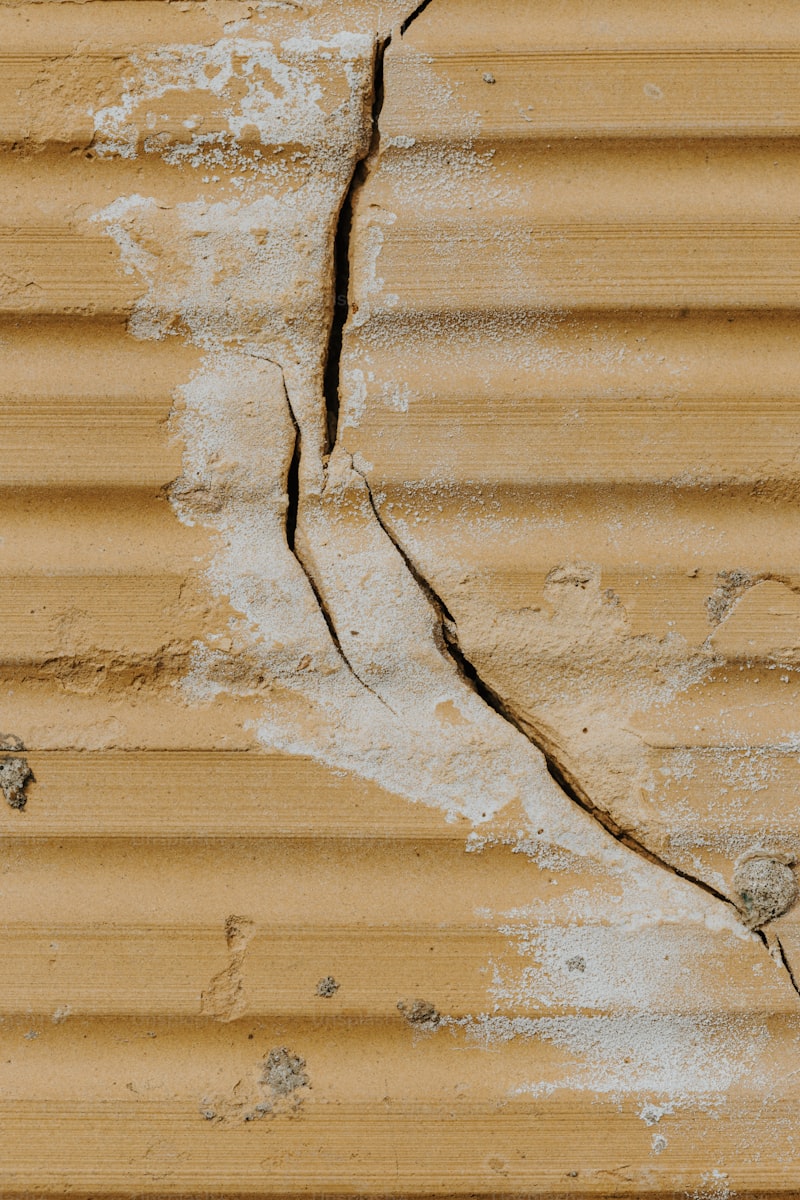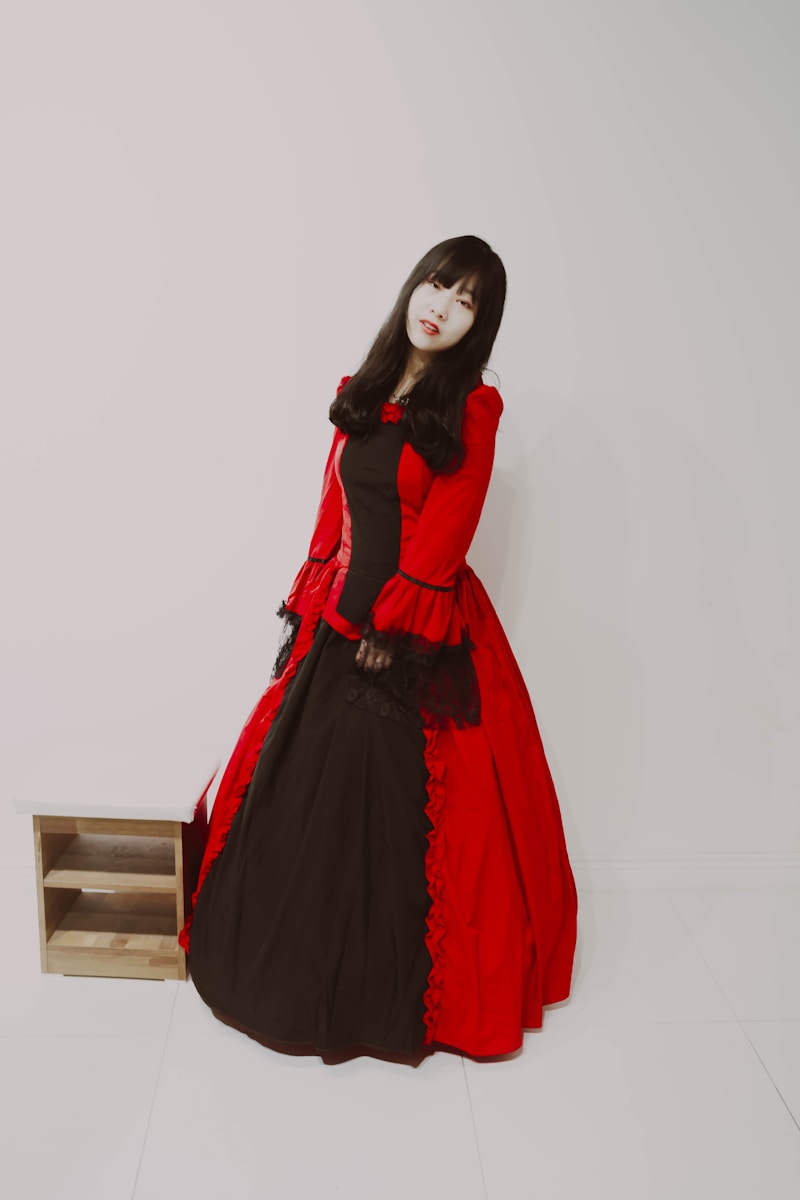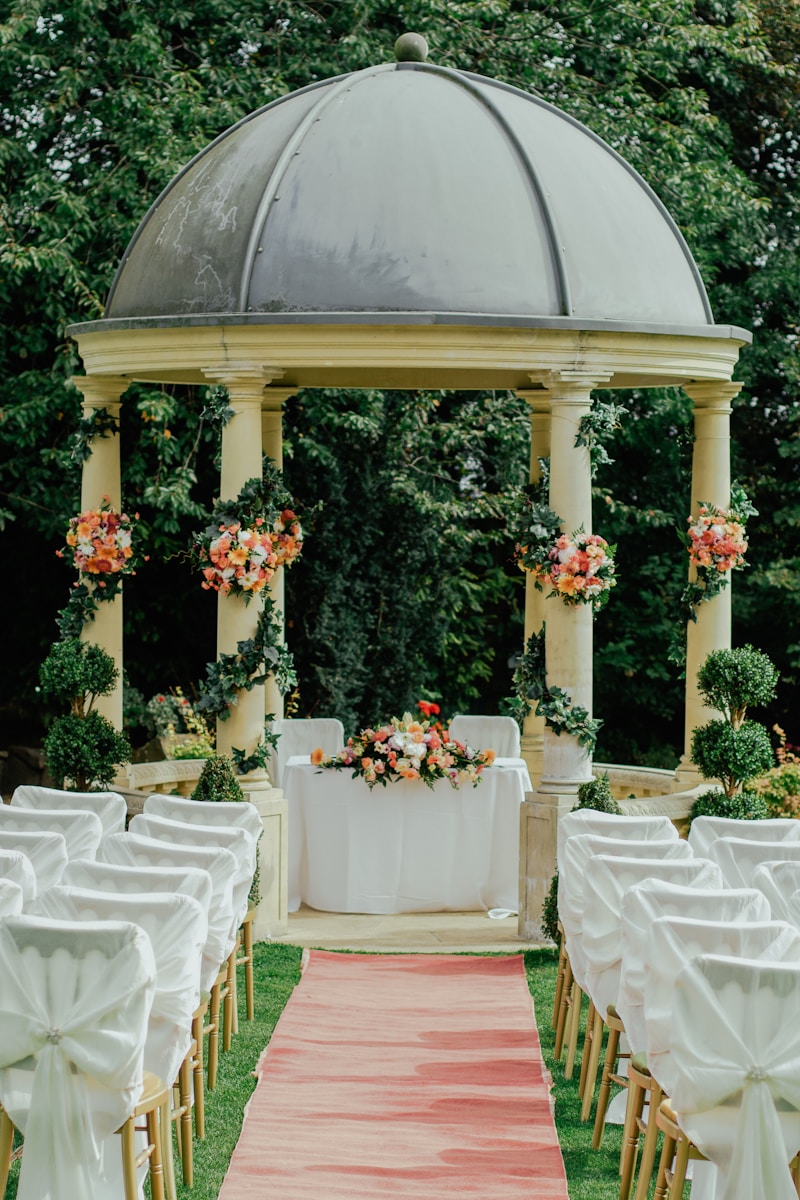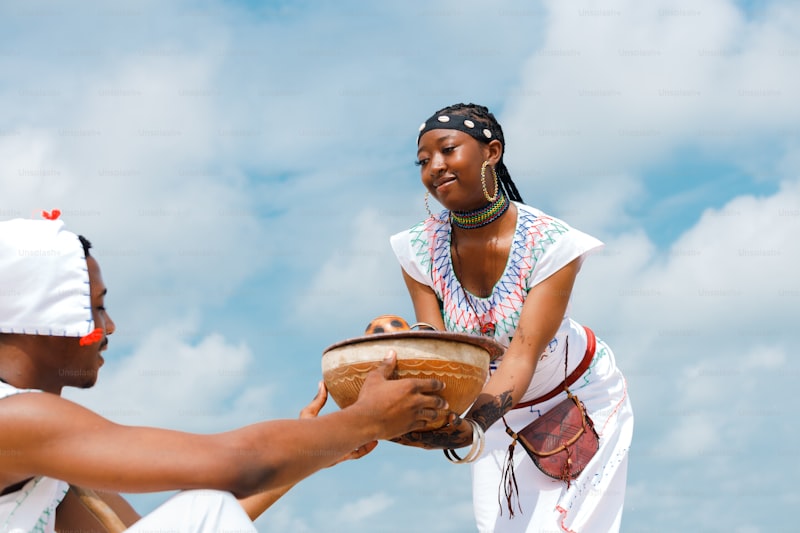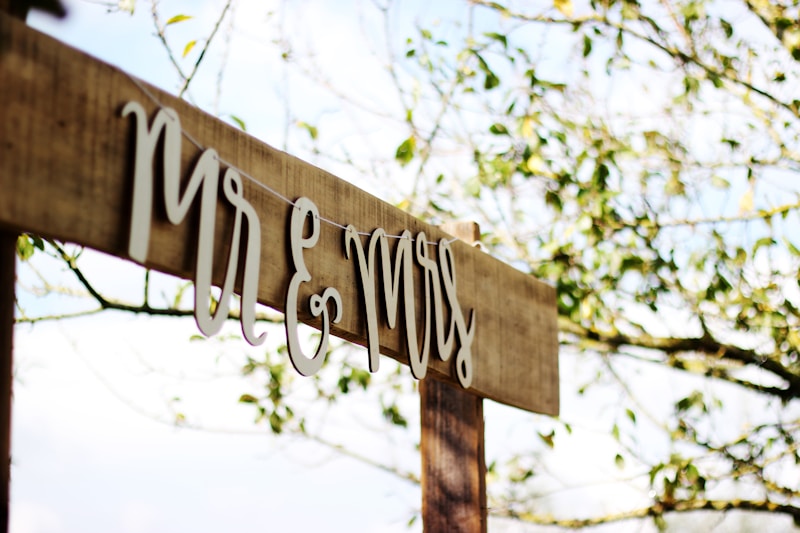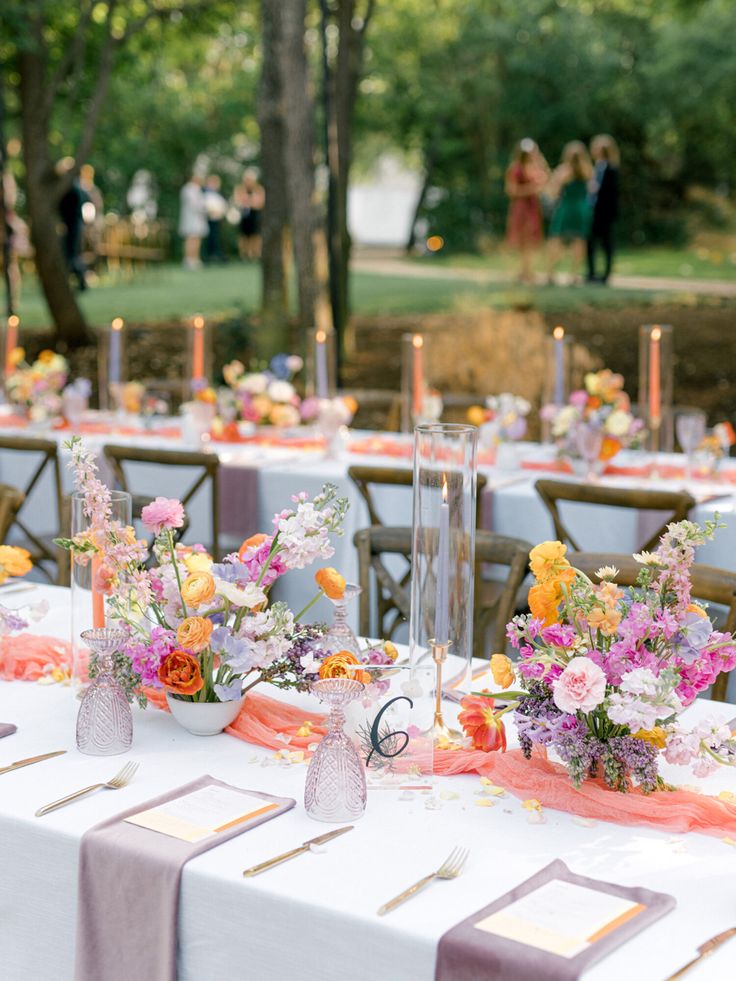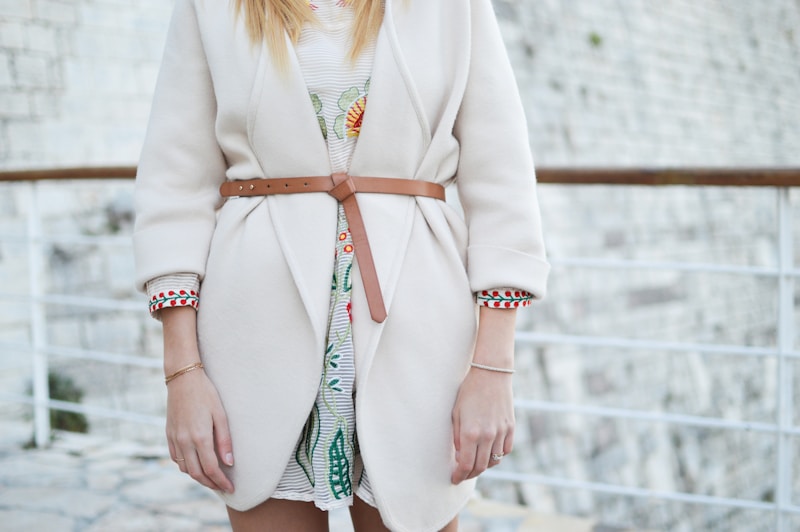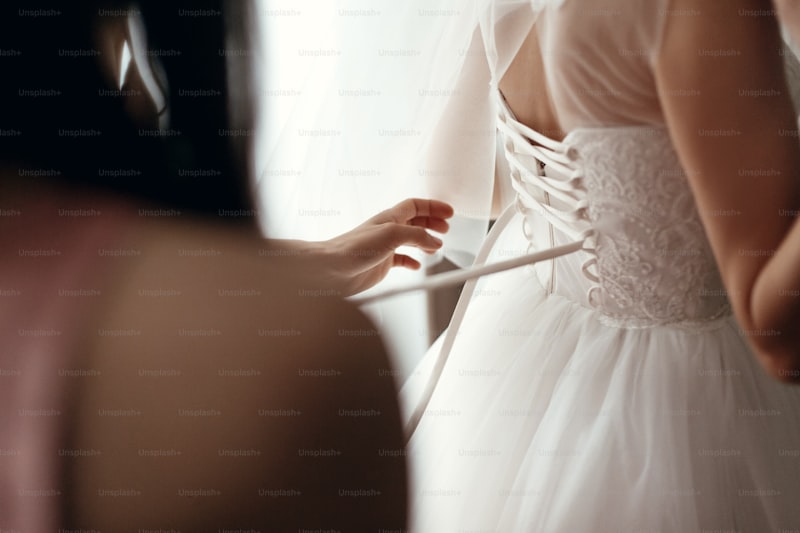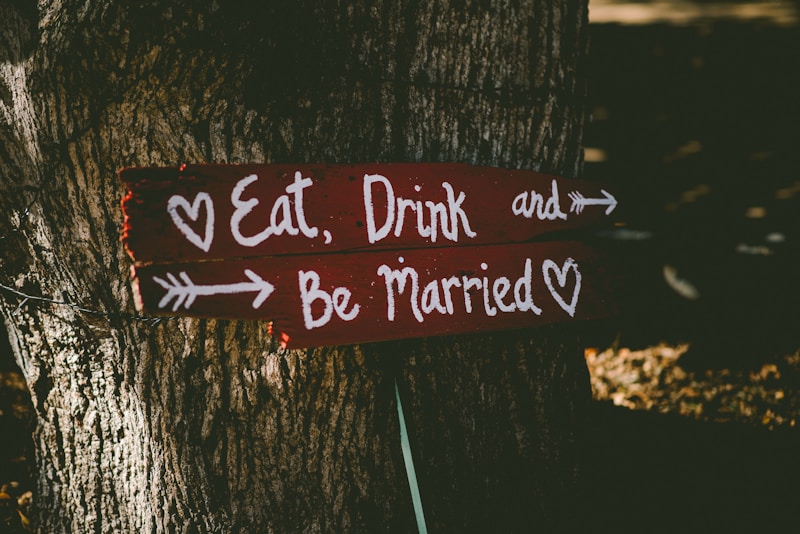Using Acid-Free Materials for Dress Preservation: The Ultimate Guide
IntroductionWhen it comes to preserving cherished garments, especially heirloom dresses, the importance of using acid-free materials cannot be overstated. Acidic materials can lead to deterioration, discoloration, and irreversible damage over time. This article explores why acid-free materials are essential for dress preservation, how to choose them, and best practices to ensure your garments remain in pristine condition.What Are Acid-Free Materials?Acid-free materials are textiles, papers, and other preservation supplies that have been treated to neutralize acidity. They help create an environment that is less conducive to chemical reactions that can cause degradation. Common examples include: Acid-free tissue paper Acid-free cardboard and boxes Acid-free polyester and cotton fabricsWhy Use Acid-Free Materials?The necessity of using acid-free materials for dress preservation revolves around a few key reasons:1. Preventing YellowingOver time, acidic materials can cause fabrics to yellow and appear worn. Acid-free alternatives help maintain the garment's original color and vibrancy.2. Avoiding Fabric DeteriorationAcidic environments accelerate the breakdown of fibers, leading to holes, tears, and overall structural weaknesses in the garment.3. Maintaining Shape and StructureUsing acid-free materials helps retain the original shape of the dress. This is particularly crucial for structured garments that may lose their form if stored improperly.Choosing the Right Acid-Fr...
Unlock the Secrets of Professional Bridal Gown Preservation Services
Your wedding day is one of the most memorable occasions of your life, and the bridal gown you wore is not just a dress; it's a symbol of love, commitment, and beautiful memories. However, without proper care, your gown can become a distant memory, losing its allure over time. Professional bridal gown preservation services are vital for maintaining the beauty and integrity of your wedding attire. In this article, we will explore what these services entail, why they are important, and how to choose the right one for you.What is Bridal Gown Preservation?Bridal gown preservation refers to the process of cleaning, protecting, and storing wedding gowns to prevent damage and discoloration over time. This specialized service ensures that your gown remains in pristine condition, allowing you to cherish it for years to come. Many brides opt for this service shortly after their wedding day to ensure that their gown stays as beautiful as it was on the big day.The Process of Professional Bridal Gown PreservationSo, what exactly happens during the bridal gown preservation process? Here’s a step-by-step guide on how professionals tackle this crucial task:StepDescriptionInspectionThe gown is meticulously inspected for stains, tears, or loose beads. A technician will assess the fabric and construction to determine the best preservation method.CleaningYour gown is professionally cleaned using gentle, non-toxic methods that protect delicate fabrics. Often, a solvent-based cleaning process is pr...
Ultimate Guide to the Freezing Method for Gown Preservation
Wedding gowns and other formal attires hold immense sentimental value, and their preservation is crucial to maintaining their pristine condition for years to come. One of the most effective techniques for preserving these garments is the freezing method. In this article, we will explore the freezing method for gown preservation, including its benefits, step-by-step instructions, and tips for ensuring that your gown remains in impeccable condition. Additionally, we will address some common questions surrounding gown preservation.Understanding the Freezing MethodThe freezing method for gown preservation involves carefully cleaning and then freezing the gown to prevent fabric deterioration, mold growth, and other forms of damage. This method is especially useful for delicate materials such as silk, taffeta, and lace, which can be adversely affected by traditional cleaning and storage methods.Why Choose Freezing for Gown Preservation?Many people wonder why the freezing method is a preferred choice for preserving gowns. Here are several compelling reasons: Prevents Mold and Mildew: By freezing the gown, you eliminate the room-temperature environment where mold and mildew thrive. Protects Against Insects: Freezing can also kill any existing insect larvae or eggs that may be present in the gown. Maintains Fabric Integrity: Unlike chemical cleaners that may weaken fabrics, the freezing method does not involve harsh chemicals that could damage the fibers.Steps to Preserve Your Gown...
Effective Strategies for Preventing Yellowing of White Fabrics
White fabrics are a staple in many wardrobes and home décor collections. However, over time, these beautiful garments and linens often become yellowed due to various factors such as washing, storage, and exposure to light. In this article, we will explore several effective strategies for preventing yellowing of white fabrics, ensuring that your whites remain bright and fresh for years to come.Common Causes of Yellowing in White FabricsUnderstanding the causes behind the yellowing of white fabrics is crucial for developing effective prevention strategies. Here are some common culprits:CauseDescriptionBody OilsOils from skin can transfer onto clothes, leading to discoloration.Detergent ResidueUsing too much detergent can leave residue, which causes yellow stains.Storage ConditionsStoring white fabrics in warm, humid places can lead to yellowing.Sunlight ExposureProlonged exposure to sunlight can break down fibers and cause yellowing.Improper Washing TechniquesWashing white fabrics with colored items can transfer dyes and lead to yellowing.Preventative Measures for White FabricsNow that we have identified the common causes, let’s explore methods to prevent your white fabrics from yellowing.1. Choose the Right DetergentSelecting an appropriate detergent is essential. Opt for one that is specifically designed for white fabrics or includes optical brighteners. These brighteners can help maintain the white appearance of fabrics. Additionally, avoid using fabric softeners, as they of...
Understanding the Importance of Providing a Climate-Controlled Environment
Why a Climate-Controlled Environment MattersIn today's rapidly changing world, ensuring optimal conditions for various applications has become more essential than ever. Whether you're storing sensitive documents, preserving artwork, or maintaining the quality of consumables, providing a climate-controlled environment is crucial. This article explores the significance of such environments, how to achieve them, and the benefits they offer across different industries.What is a Climate-Controlled Environment?A climate-controlled environment typically refers to a space where temperature, humidity, and other atmospheric conditions are regulated to specific levels. This can be achieved through various means, including HVAC systems, dehumidifiers, and air purifiers. Maintaining a stable and controlled environment ensures that items stored or utilized within that space remain unaffected by external conditions.Applications of Climate-Controlled EnvironmentsClimate-controlled environments have numerous applications across various fields. Here are some key areas where they play a vital role:IndustryApplicationArt and MuseumsPreserving paintings, sculptures, and artifacts from degradation.Food IndustryStoring perishable items at optimal temperatures to ensure freshness.PharmaceuticalsMaintaining the efficacy of drugs and vaccines.Data CentersPreventing overheating of servers and computing equipment.Art and MuseumsIn the art world, a climate-controlled environment is essential. High-value ...
How to Properly Store Your Dress Away from Sunlight for Longevity
Why Sunlight Affects Your DressStoring your dress away from sunlight is critical to maintaining its original beauty and longevity. Sunlight can cause fading, premature aging, and even fabric weakening, which can ruin your favorite outfits. Whether you're storing a delicate silk gown or a vintage piece, understanding how to protect your garments from UV rays is essential.Understanding the Effects of Sunlight on Different FabricsNot all fabrics react the same way to sunlight. Here’s a quick overview:Fabric TypeEffect of SunlightCottonCan fade over time, but generally withstands sunlight better than delicate fabrics.SilkHighly susceptible to UV damage, can fade and weaken quickly.PolyesterMore resistant to fading, but prolonged exposure can still cause degradation.WoolFading is less noticeable, but prolonged exposure can lead to damage.Best Practices for Storing Your Dress Away from SunlightTo ensure the longevity of your dresses, here are some best practices:1. Choose the Right Storage LocationOne of the first steps in storing your dress away from sunlight is selecting an appropriate location. Opt for a cool, dark place such as a closet, wardrobe, or even a dedicated storage box. Avoid attics or basements that can become too humid or expose your dresses to fluctuating temperatures.2. Use Garment BagsInvest in high-quality garment bags made from breathable fabric. Avoid plastic covers that can trap moisture and lead to mold or mildew. Look for 100% cotton or muslin bags that all...
Essential Handling Tips for Fragile Wedding Attire
Planning a wedding is an exciting yet overwhelming experience. Among the myriad details to consider, ensuring that your wedding attire remains flawless is of utmost importance. Whether you are the bride, groom, or part of the wedding party, understanding how to handle fragile wedding attire can make a significant difference on your big day. This article will delve into essential tips for caring for delicate fabrics and materials used in wedding outfits, ensuring they look pristine during both preparation and celebration.Understanding Fragile Wedding AttireWedding attire often incorporates delicate fabrics such as silk, chiffon, lace, and tulle. These materials, while beautiful, can be easily damaged if not handled with care. Here are some common types of fragile components found in wedding outfits:Type of AttireFragile MaterialsCommon IssuesBridal GownSilk, Lace, TulleSnags, Tears, DiscolorationBridesmaid DressesChiffon, VelvetPilling, Wrinkles, FadingGroom’s AttireWool, CashmerePilling, StainsAccessoriesBeading, EmbroideryLoss of Decoration, DamageBefore the Wedding: Preparation TipsProper preparation before the wedding day is essential for maintaining the quality of fragile wedding attire. Here are some valuable handling tips:1. Choosing the Right StorageStore your fragile wedding attire properly to avoid any damage. Use a breathable garment bag made of cotton or muslin instead of plastic, which can trap moisture and lead to mildew. Hang dresses on padded hangers to maintai...
Enhancing Comfort and Functionality: Covering Gowns with Breathable Materials
In various industries, particularly in healthcare, hospitality, and fashion, the choice of materials in clothing plays a crucial role in both comfort and functionality. One such area that has garnered attention is the design of covering gowns with breathable materials. These gowns are essential for various situations, ranging from medical environments to formal events. In this article, we delve deep into the significance, benefits, and types of breathable materials used in covering gowns, addressing common questions and concerns related to their use.What Are Covering Gowns?Covering gowns, often referred to as protective gowns, are garments designed to protect the wearer and their clothing from potential contaminants. These gowns are frequently used in medical settings, such as hospitals and clinics, during procedures where exposure to bodily fluids or pathogens is a risk. However, they are also used in other fields, including food service and beauty therapy, where hygiene is paramount.The Importance of Breathable MaterialsCovering gowns crafted from breathable materials are designed to allow air circulation while simultaneously providing protection. This is crucial for a comfortable wear experience, especially during extended periods of use.Enhanced Comfort: Breathable fabrics allow for better air circulation, which prevents overheating and discomfort.Moisture Management: Breathable materials wick moisture away from the body, keeping the wearer dry and comfortable.Durability:...
Museum-Quality Preservation Techniques: Safeguarding Artifacts for Future Generations
Understanding Museum-Quality Preservation TechniquesThe world of artifacts and artworks is a treasure trove of history, culture, and craftsmanship. However, without proper care, these unique pieces can deteriorate over time. This article delves into the museum-quality preservation techniques that professionals use to protect and conserve valuable items. Whether you are a collector, curator, or simply someone interested in the preservation of culture, understanding these techniques is vital for maintaining the integrity of our shared history.The Importance of PreservationPreservation is not merely about keeping items in good condition; it plays a fundamental role in ensuring that future generations can appreciate and learn from them. Museums serve as custodians of our cultural heritage, and their preservation methods reflect a deep understanding of materials, environmental conditions, and the history behind each piece.Common Challenges in PreservationArtifacts face various threats that can compromise their integrity, including:Environmental Factors: Changes in temperature and humidity can cause irreversible damage.Biological Threats: Mold, insects, and other pests can destroy organic materials.Physical Damage: Handling, transportation, and natural disasters can harm artifacts.Key Museum-Quality Preservation TechniquesProfessionals employ several museum-quality preservation techniques to address these challenges:TechniqueDescriptionClimate ControlMaintaining specific temperatur...
Repairing Minor Damages Before Preservation: A Comprehensive Guide
Understanding the Importance of Repairing Minor Damages Before PreservationWhen it comes to preserving valuable items—be it artworks, antiques, or family heirlooms—a common question arises: how should one address minor damages before starting the preservation process? This article dives into the various aspects of repairing minor damages before preservation, ensuring that valuable items remain in pristine condition for future generations.What are Minor Damages and Why Repair Them?Minor damages can refer to a variety of issues such as slight scratches, small tears, or minor discoloration that may not seem significant at first glance. However, ignoring these small imperfections can lead to more severe issues over time. Here are a few reasons why addressing minor damages is essential:Prevention of Further Damage: Minor damages can evolve into more significant problems if left untreated. By repairing them early, you preserve the item's integrity.Enhancement of Aesthetics: Repairing minor damages ensures that the item looks its best before it undergoes preservation, which can be particularly important if the item will be displayed.Increased Value: Well-maintained items often hold a higher value. Prospective buyers or collectors are more likely to invest in items that show signs of care and preservation.Common Types of Minor DamagesBefore delving into repair methods, it’s crucial to identify the types of minor damages commonly found in items slated for preservation:Type of DamageDe...
Choosing Preservation Specialists for Your Gown: A Comprehensive Guide
IntroductionWhen it comes to preserving precious gowns, such as wedding dresses or formal wear, choosing the right preservation specialists is crucial. These professionals ensure that your garments maintain their beauty and integrity over time. In this guide, we'll explore the factors to consider when selecting preservation specialists for your gown, the preservation process itself, and other commonly asked questions regarding gown preservation.Why Gown Preservation is ImportantGowns, especially those used for significant events, carry sentimental value. They often hold memories that are irreplaceable. Proper preservation helps protect these garments from elements like dust, light, and moisture that can cause damage over time. Here are some key reasons why you should consider professional preservation: Maintain Quality: A specialist ensures that your gown remains in pristine condition, preventing yellowing or degradation. Enhance Longevity: Using the right techniques can significantly extend the life of your gown. Sentimental Value: Preserved gowns can be cherished as heirlooms that can be passed down through generations.What to Look for in Preservation SpecialistsChoosing the right professionals to preserve your gown is paramount. Here are some essential factors to consider:FactorDescriptionExperienceLook for specialists with a proven track record in gown preservation. Check their credentials and past work.TechniquesInquire about the preservation methods they use. Ensure ...
Packaging Your Gown for Safe Storage: A Comprehensive Guide
IntroductionWhen it comes to preserving the beauty and integrity of your gown, proper storage is crucial. Whether it's a wedding dress, evening gown, or a cherished vintage piece, knowing how to package your gown for safe storage will ensure it remains in excellent condition for years to come. This guide will walk you through the best practices for gown storage, the materials you'll need, and some frequently asked questions that can help you along the way.Why Proper Gown Storage is ImportantStoring your gown correctly can prevent damage caused by environmental factors, such as humidity, light, and dust. Improper storage can lead to discoloration, yellowing, or even permanent fabric damage. Here are some key reasons you should invest time in proper gown storage: Maintaining Color: Avoid fading or discoloration caused by exposure to light. Preventing Damage: Protect against dust, dirt, and pests that can harm the fabric. Longevity: Ensure your gown lasts for future generations to enjoy.Preparing Your Gown for StorageBefore you start packaging your gown, it's essential to prepare it adequately. Follow these steps:1. Clean Your GownBefore storing, ensure your gown is clean. If the fabric is delicate or if the gown has intricate designs, consider professional dry cleaning. Stains that are not addressed can become permanent over time. For silk and satin gowns, a gentle hand wash followed by air drying can be sufficient, but always refer to the care label.2. Choose the Righ...
The Importance of Emotional Attachment and Preservation in Our Lives
Emotional attachment plays a crucial role in shaping our experiences, relationships, and the way we interact with the world. From childhood toys to cherished family heirlooms, the significance of emotional connections transcends mere objects, affecting our well-being, identity, and the preservation of our memories. In this article, we will explore the concept of emotional attachment, its importance, and the various ways in which we can preserve it in our lives, ultimately leading to a richer and more fulfilling existence.Understanding Emotional AttachmentAt its core, emotional attachment refers to the deep bond we develop with people, objects, and environments that evoke feelings of joy, nostalgia, and security. This attachment can be formed early in life, evidenced by children forming connections with their toys or stuffed animals. Additionally, emotional attachment can peak during significant life events, such as weddings, anniversaries, and the birth of a child, leading to cherished memories that we hold dear.Why Emotional Attachment MattersEmotional attachment is vital for several reasons:1. Psychological Well-beingEmotional attachments can provide comfort, reduce anxiety, and enhance happiness.2. Meaning and PurposeThey contribute to our sense of identity and purpose, helping us navigate life's challenges.3. Social ConnectionsThey encourage the development of social bonds and relationships that enrich our lives.4. Memory PreservationEmotional attachments help us preserve...
Custom Preservation Solutions for Unique Dresses: Preserve Your Cherished Memories
When it comes to preserving unique dresses, such as wedding gowns or designer pieces, the need for custom preservation solutions becomes paramount. These garments hold significant sentimental value, often representing special moments in our lives. Whether you're a bride wishing to keep her gown pristine for future generations or a collector with valuable pieces, understanding the best preservation methods is vital. In this article, we will explore various custom preservation solutions designed specifically for unique dresses, ensuring they remain in excellent condition for years to come.Understanding the Importance of Custom PreservationUnique dresses, especially those made of delicate fabrics or intricate designs, require specialized care. Traditional cleaning methods may not only damage these items but also reduce their value. Therefore, investing in custom preservation solutions is crucial. Here are some reasons why: Protection from Environmental Factors: Dust, humidity, and light can all contribute to the deterioration of fabrics. Custom preservation solutions offer protective measures tailored to these threats. Pest Prevention: Moths and other pests can wreak havoc on your garments. A preservation solution will often include pest control measures. Longevity: Proper preservation can significantly extend the life of your dress, allowing you to cherish it for years or even decades.Custom Preservation MethodsThere are several effective methods for the preservation o...
The Ultimate Guide to Choosing Your Perfect Wedding Gown
Dear friends,You're planning the most important day of your life your wedding. Among the many joys and details, choosing the perfect wedding gown is undoubtedly at the top of your list. As your closest confidante, I'm here to offer you an ultimate guide to help you find the dress that will make you shine on your special day. Step One: Know Your Style Before you start shopping, ask yourself: What kind of bride are you? Elegant and classic, modern and chic, romantic and dreamy, or simple and natural? Identifying your style is the first step in selecting your gown. Remember, a wedding gown is not just an outfit; it's a reflection of your personality and taste. Step Two: Budget Planning Your choice of wedding gown should also consider your budget. Don't be afraid; even with a limited budget, there are ways to find a beautiful and affordable dress. Keep in mind, a well-planned budget allows you to have the perfect wedding gown without sacrificing style. Step Three: Consider the Venue and Season Is your wedding indoors or outdoors? Is it in the warm summer or the cold winter? These factors will influence your wedding gown choice. For instance, outdoor weddings might be more suited to light and flowing gowns, while indoor weddings can opt for more elaborate and formal styles. Step Four: Try On, Try On, Try On Don't rush into a decision; try on several wedding gowns. Sometimes, the one that catches your eye first isn't the best fit. By trying on different gowns, you can g...
Ultimate Guide to Bridal Fashion: Trends, Tips, and Essential Insights
Understanding Bridal Fashion: A Comprehensive OverviewBridal fashion is an ever-evolving landscape, showcasing the latest trends and timeless styles that have captivated brides worldwide. From the classic white gown to modern interpretations of bridal wear, understanding this enchanting world is crucial for any bride-to-be. In this guide, we will explore the nuances of bridal fashion, including styles, trends, accessories, and tips to make your wedding day unforgettable.The Evolution of Bridal FashionBridal fashion has undergone significant transformations over the decades, reflecting cultural shifts, societal changes, and advancements in design. Historically, the concept of a wedding dress was largely influenced by the Victorian era, where white gowns became popular following Queen Victoria's wedding to Prince Albert in 1840.Today, bridal fashion is a melting pot of styles that cater to diverse backgrounds and individual tastes. Whether you prefer a ball gown, sheath dress, or an ethereal bohemian look, the options are limitless.Popular Bridal Fashion TrendsThis section outlines some of the most popular bridal fashion trends in current years:TrendDescriptionMinimalismClean lines and simple silhouettes that exude elegance. princess cut gownsClassic styles that enhance simplicity while ensuring a grand appearance.Bold ColorsBrides are increasingly opting for colored gowns, including blush, blue, and even patterned dresses.Two-Piece OutfitsA modern twist with cropped tops paire...
The Ultimate Guide to Formal Dresses: Styles, Occasions, and Tips
Unlocking the Elegance of Formal DressesWhen it comes to special occasions, choosing the right attire can be a daunting task. Formal dresses are often the centerpiece of such events, setting the tone for style and sophistication. In this comprehensive guide, we will explore the world of formal dresses, including various styles, occasions to wear them, and essential tips to help you make the best choice.Understanding Formal DressesFormal dresses are garments designed for sophisticated events such as weddings, galas, and evening parties. They are typically made from luxurious fabrics and come in a variety of styles that cater to different body types and personal preferences.Types of Formal DressesThere are numerous styles of formal dresses suited for various occasions. Below, we delve into some of the most popular types:StyleDescriptionBall GownA classic silhouette featuring a fitted bodice and a full skirt, often embellished with intricate details.A-Line DressThis style flares from the waist, creating an "A" shape that flatters most body types.Mermaid DressFitted throughout the body and flares at the knees, this style accentuates curves beautifully.Sheath DressA sleek, form-fitting design that emphasizes the natural shape without flaring.Tea-Length DressA chic option that falls between the knee and the ankle, perfect for both formal and semi-formal events.Maxi DressLong and flowing, a maxi dress can be both casual and formal depending on the fabric and details.Choosing the Rig...
The Ultimate Guide to Choosing the Perfect Bride's Dress
IntroductionYour wedding day is one of the most significant moments in your life, and choosing the perfect bride's dress is crucial to making your day extraordinary. With endless options available, finding a gown that reflects your personality while also matching the theme of your wedding can be overwhelming. In this guide, we will explore various styles, fabrics, and trends, as well as offer practical tips on selecting the ideal dress for your big day.Understanding Different Styles of Bride's DressesWhen it comes to bride's dresses, there is no shortage of styles to choose from. Each style has its own unique charm and can complement different body types and wedding themes. Here are some popular styles:A-LineThis universally flattering style features a fitted bodice that flares out gradually from the waist, creating a beautiful silhouette.Ball GownPerfect for a fairy tale wedding, the ball gown features a fitted bodice and a voluminous skirt, giving it a dramatic appearance.MermaidSnug through the torso and flaring out at or below the knee, the mermaid style accentuates your curves beautifully.SheathA sheath dress follows the natural lines of your body, offering a sleek and modern look that is perfect for a less formal ceremony.Tea-LengthEnding between the knee and ankle, tea-length dresses are whimsical and playful, ideal for a vintage-inspired wedding.Fabrics and Textures to ConsiderNot only does the style of the bride's dress matter, but so does the fabric. Different fabri...
The Ultimate Guide to Luxury Wedding Dresses: Elevate Your Bridal Experience
Planning a wedding involves countless decisions, and one of the most significant choices you'll make is selecting the perfect dress. Luxury wedding dresses are not just garments; they are statements of elegance, style, and personal expression. In this article, we will explore everything you need to know about luxury wedding dresses, from the latest trends to what to consider when making your choice.Why Choose Luxury Wedding Dresses?Luxury wedding dresses are designed to provide a unique experience. They often feature exquisite fabrics, detailed craftsmanship, and personalized fittings, ensuring that you feel like a queen on your special day. Here are a few reasons why brides opt for luxury wedding dresses:Exclusivity: Many luxury wedding dresses are made in limited editions, making them more exclusive.Quality Materials: Luxury dresses often use high-quality fabrics like silk, satin, and lace.Custom Fit: High-end designers offer fittings to ensure the dress hugs your body perfectly.Unique Designs: Luxury wedding dresses often showcase creative designs that stand out.Popular Styles of Luxury Wedding DressesWhen it comes to luxury wedding dresses, there are various styles to choose from that cater to different tastes and preferences. Below are some popular styles that are trending among brides:StyleDescriptionA-LineThis timeless silhouette fits snugly at the waist and flows outwards, flattering many body types.Ball GownAn iconic choice, the ball gown features a fitted bodice and...
Understanding Average Wedding Costs: A Comprehensive Guide
Breaking Down Average Wedding CostsPlanning a wedding can be both exciting and overwhelming, especially when it comes to managing expenses. Understanding the average wedding costs can help couples budget effectively and make informed decisions. This article delves into the various expenses associated with wedding planning and offers tips for keeping costs under control.The Average Wedding Costs: An OverviewAccording to recent studies, the average wedding cost varies significantly based on location, guest count, and personal preferences. In the United States, for example, the average wedding cost reached approximately $28,000 in 2022. However, this figure can fluctuate based on factors such as the scale of the event and the region where the wedding takes place.Average Wedding Costs by Region in the U.S.Average CostNortheast$34,000West$30,000Midwest$24,000South$27,000Pacific$29,000Breaking Down the Major CostsWhen preparing for a wedding, it's essential to keep track of the various components that contribute to the overall cost. Here are some of the major areas where couples typically spend their budget:1. VenueThe venue can be one of the most significant expenses. Depending on the location and time of year, couples can expect to spend anywhere from $3,000 to $15,000 or more for a wedding venue. Highly sought-after venues and those in urban areas tend to come with premium prices.2. CateringCatering costs can vary depending on the menu selection and the number of guests. On aver...
